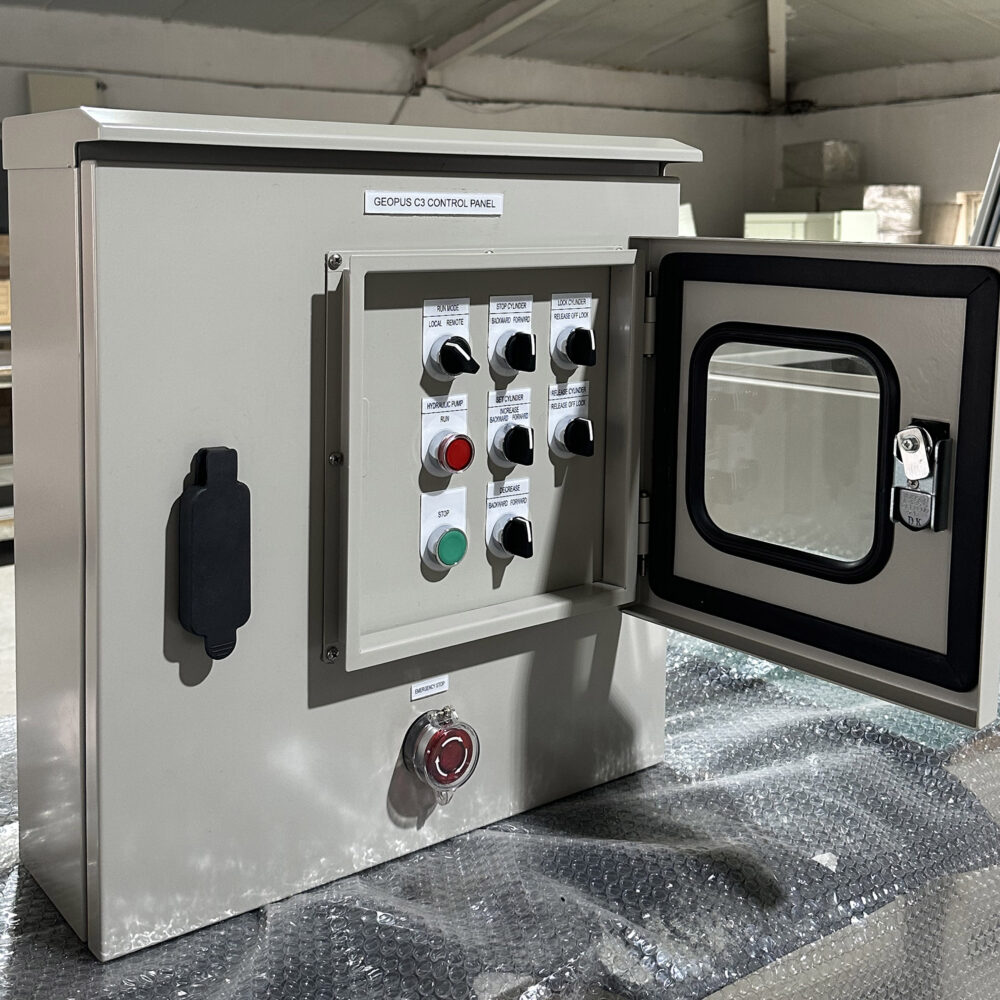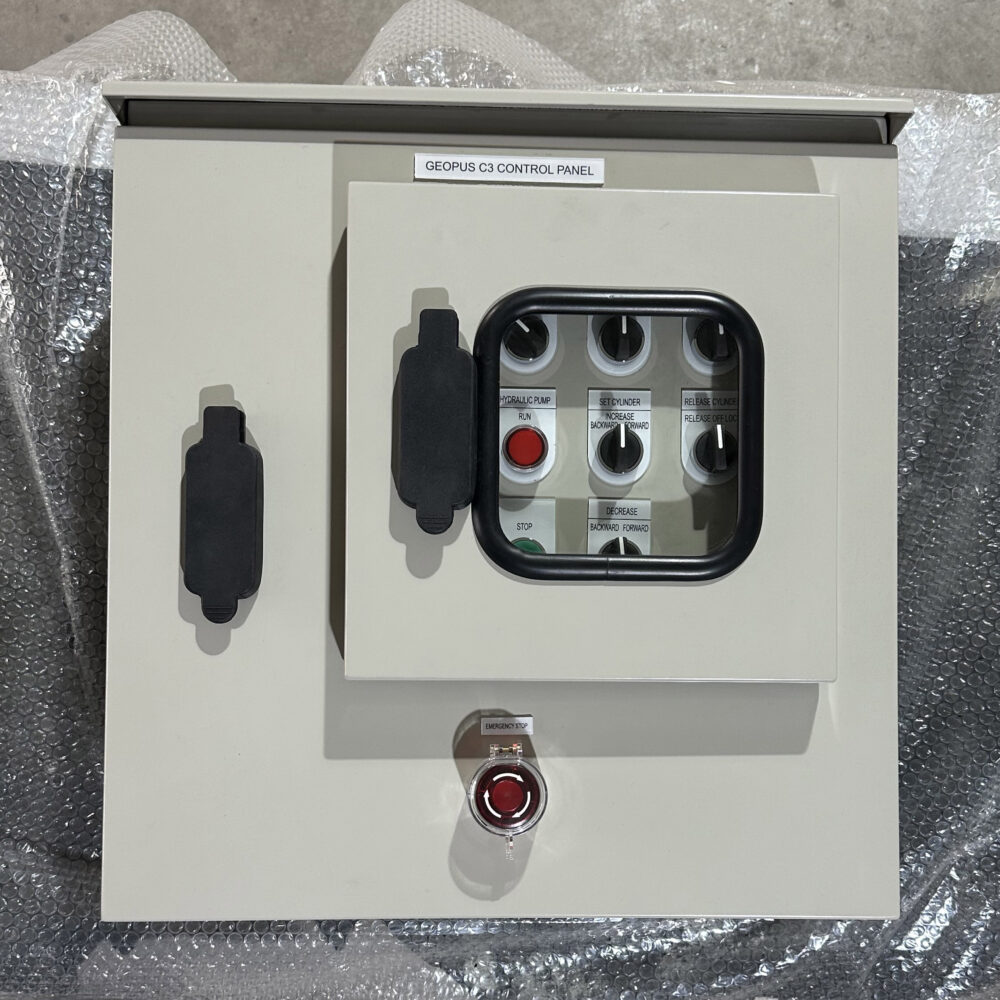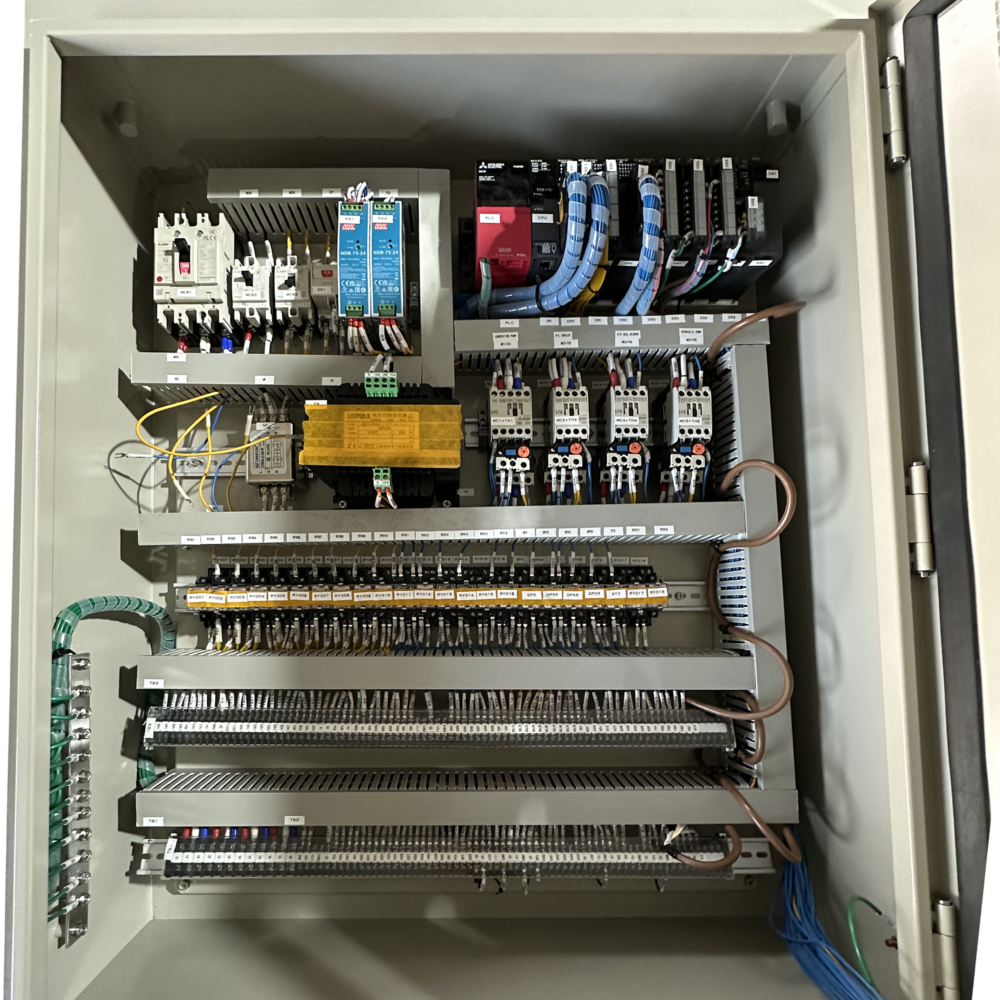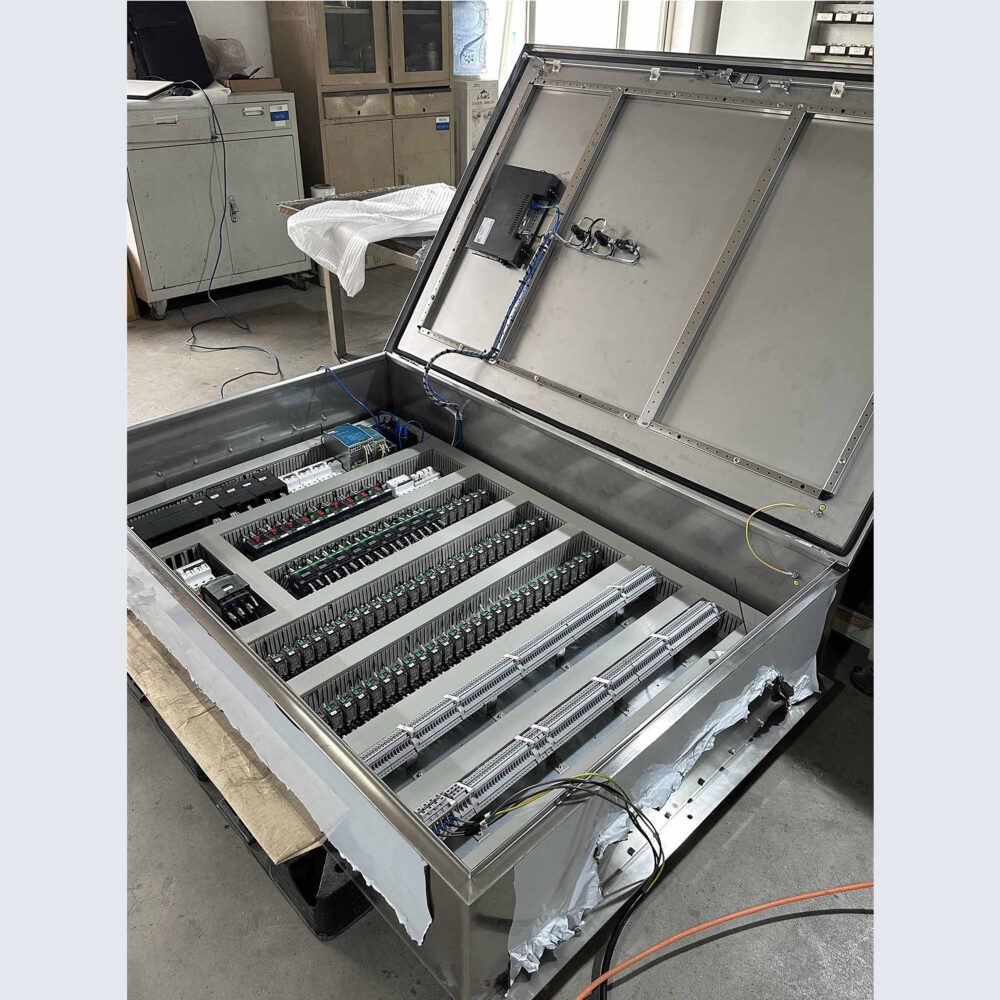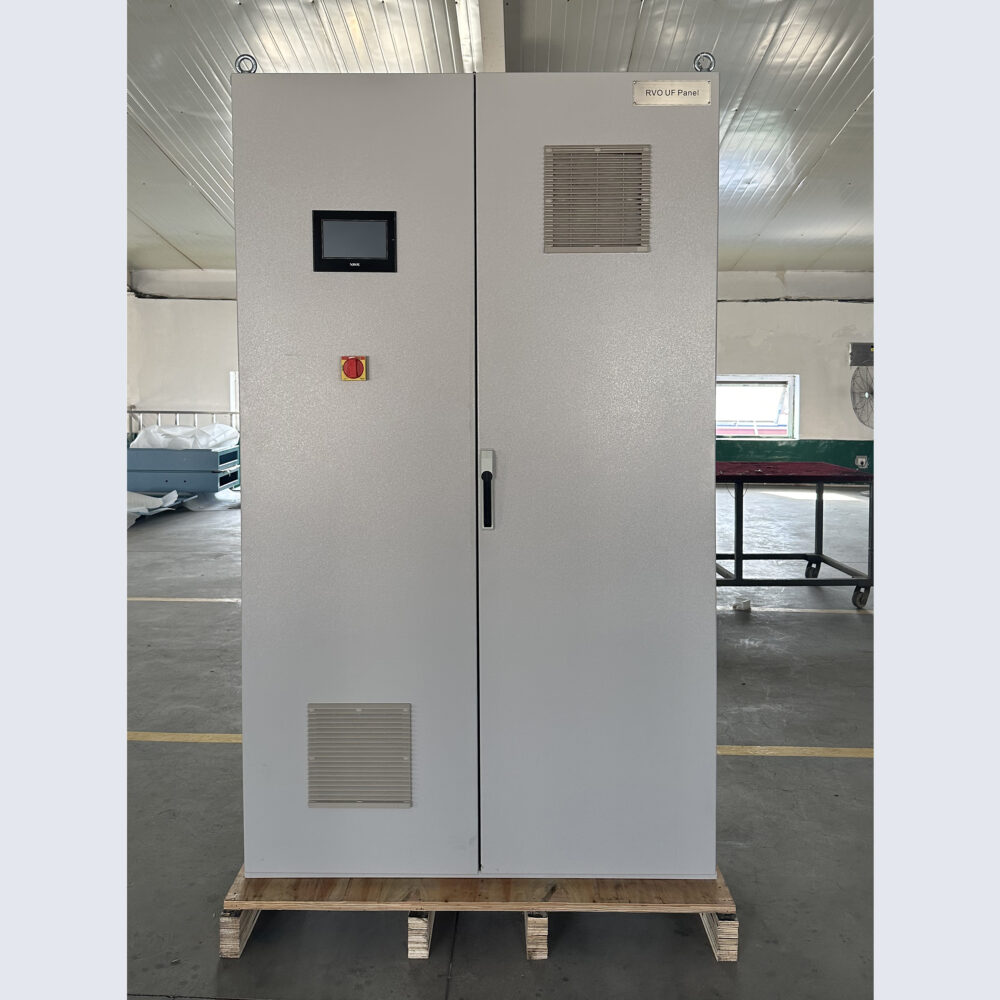Table of Contents
What is Electrical Panel?
An electrical panel, also known as an electrical distribution box or electrical distribution cabinet, is a crucial electrical device used for the centralized control and distribution of electrical energy.
Structurally, it usually consists of a sturdy enclosure and various electrical components installed inside. These components include, but are not limited to, circuit breakers, fuses, contactors, relays, busbars, and terminal blocks.
Electrical panel occupies a central and pivotal position within the entire electrical system. It connects to the power source at the top and links to various electrical equipment and circuit branches at the bottom, playing a key role in bridging the upper and lower parts of the system.
- Betty
- Industrial Electrical Panel
- Residential Electrical Panel
- Outdoor Electrical Panel
- Indoor Electrical Panel
- Small Electrical Panel
- Large Electrical Panel
Components of the Electrical Panel
Circuit Breakers
Protect the circuit from overload and short circuit.
Miniature Circuit Breaker (MCB):
MCB has a compact structure and a relatively small size. It is usually applied in the low-voltage power distribution systems of residential buildings and small commercial buildings, such as residential electrical distribution boxes.
It features overload long-time delay protection and short-circuit instantaneous protection functions. Generally, it is manually operated and has obvious indications for the open and closed states.
Molded Case Circuit Breaker (MCCB):
An enclosure is made of plastic material, which has excellent insulation performance and mechanical strength. It is suitable for medium-capacity power distribution systems, such as the electrical distribution boxes and power cabinets in commercial buildings and industrial plants.
In addition to the overload long-time delay and short-circuit instantaneous protection functions, some models also have the short-circuit short-time delay protection function, which can achieve selective protection and improve the reliability of power supply.
It has various operation modes, including manual operation, electric operation, and energy storage operation.
Bus Bars
Transmit electrical energy and connect various circuit components.
Common materials for busbars are copper and aluminum.
Copper busbars have excellent electrical conductivity, thermal conductivity, and mechanical properties. They have a low resistance and can carry large currents, making them suitable for applications where high electrical conductivity is required.
Aluminum busbars are of lower cost. However, their electrical conductivity and mechanical properties are slightly inferior to those of copper busbars. They are generally used in low-voltage power distribution systems that are cost-sensitive and do not have particularly high requirements for current-carrying capacity.
Specifications of busbars are mainly determined by the cross-sectional area.
The larger the cross-sectional area, the greater the current-carrying capacity, and the more electrical energy you can transmit. When selecting the specifications of busbars, you need to calculate based on parameters such as the current of the electrical system to ensure their safe and reliable operation under normal and faulty conditions.
At the same time, factors such as the length of the busbars and the arrangement method will affect their electrical performance, and you need to reasonably consider these factors during the design and installation process.
Terminal Blocks
It is used to connect wires and ensure the reliability of electrical connections.
Screw-type terminal blocks:
They fix the wires by tightening the screws. The connection is firm and the contact is reliable. They are suitable for connecting wires of various specifications and are commonly found in industrial and commercial applications. When tightening the screws, you should pay attention to the force applied to prevent damaging the wires.
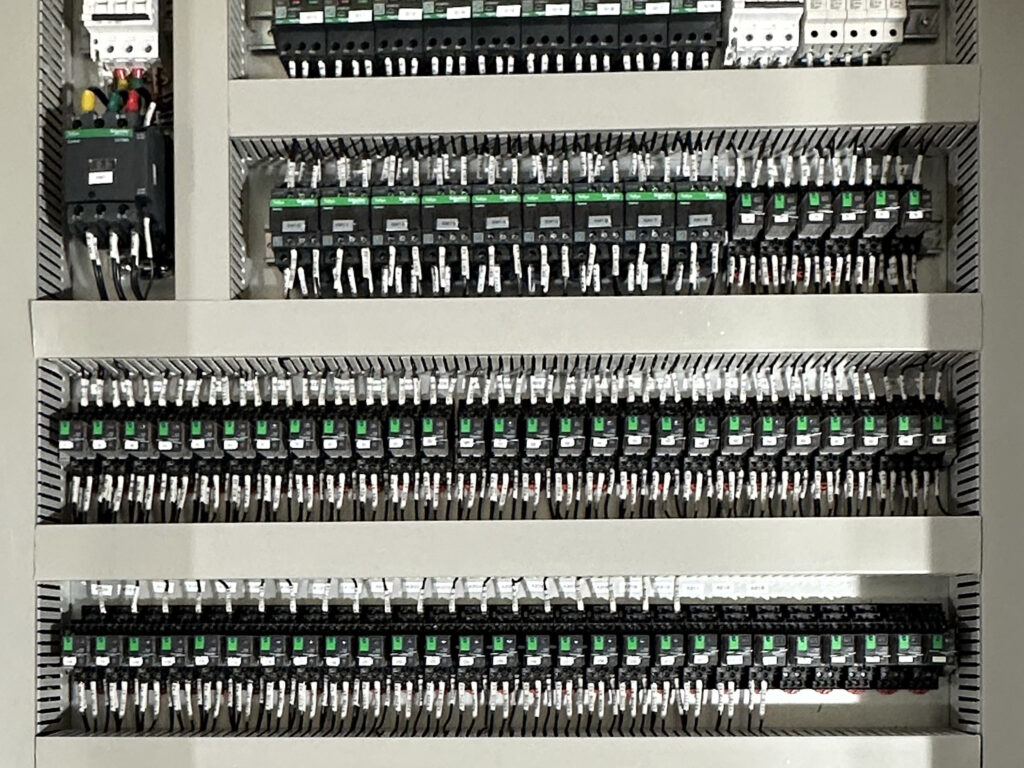
Figure No.2 Terminal Blocks
Spring-type terminal blocks:
They clamp the wires by means of the elastic force of the springs. You can install and disassemble them conveniently, and you don’t need any tools. They are suitable for occasions where you need to do wiring and remove the wires frequently.
Plug-in terminal blocks:
They adopt a plug-in connection method, which has good interchangeability and universality. They are suitable for modular electrical equipment and systems, making it convenient for you to install, debug, and maintain the equipment.
Welded terminal blocks:
They connect the wires to the terminals through welding. The connection strength is high and the electrical conductivity is good. However, welding requires skills and equipment, and it is not easy for you to disassemble them. You generally use them in places where you have extremely high requirements for connection reliability.
Figure No.3 Terminal Blocks Explained Video
Enclosure
Protect internal components from the external environment
Metal enclosures:
Advantages: They have high mechanical strength and can withstand large external impacts, making them suitable for industrial and high – protection places.
They have excellent heat dissipation performance, which is beneficial for the heat dissipation of internal electrical components. You can ground them to achieve good electromagnetic shielding and reduce electromagnetic interference.
Disadvantages: They are costly and difficult to process. They tend to rust and corrode, so you need to apply anti – corrosion treatments such as painting and galvanizing. Condensation may occur in a humid environment, affecting the electrical performance.

Figure No.4 Metal Enclosure
Plastic enclosures:
Advantages: They are low – cost, lightweight, and easy to process and mold. You can make them into various shapes and colors. They have good insulation performance and can prevent electric shock. They are not prone to rust and corrosion, resulting in low maintenance costs.
Disadvantages: They have low mechanical strength and external impacts can easily damage them. They have poor heat dissipation performance, so you need to take additional heat dissipation measures for electrical components that generate a large amount of heat. They may deform or age in a high – temperature environment, affecting the protection performance.
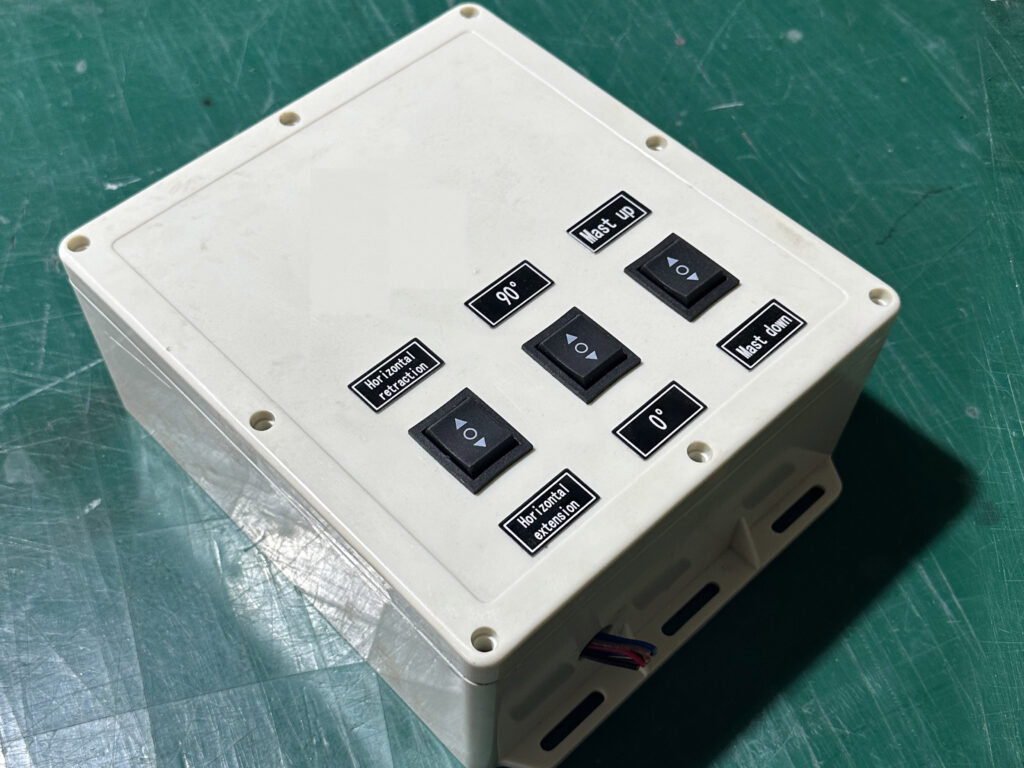
Figure No.5 Plastic Enclosure
The Importance of Electrical Panel
Electrical panels play a crucial role in the electrical system, mainly in two aspects: safety assurance, as well as power distribution and management.
In terms of safety assurance, electrical panels can effectively prevent electrical fires. When a circuit failure occurs, the circuit breakers in the electrical panel will promptly cut off the faulty circuit, avoiding the generation of high temperatures due to circuit overload or short circuit that could trigger a fire.
At the same time, they can also protect electrical appliances from damage caused by overvoltage and overcurrent, thereby extending the lifespan of the equipment.
Regarding power distribution and management, electrical panels can rationally distribute electrical energy according to the actual needs of each circuit and electrical appliance. This reduces power loss and improves the efficiency of power consumption.
In addition, it facilitates the separate control and management of power consumption in different areas or for different equipment. Users can operate them flexibly, precisely control power usage, meet diverse needs, and effectively save energy.
How to Choose the Right Electrical Panel
Electricity Demand
- Determine the capacity of the electrical panel based on the quantity and power of the electrical appliances in a residential or commercial venue.
- Reserve a certain amount of expansion space to accommodate the electrical devices that may be added in the future.
Quality and Brand
- Choose electrical panels from well-known brands to ensure the product quality and reliability.
- Check the product certifications (such as UL certification, etc.).
Installation Method and Dimensions
- Consider the installation location and space, and select an appropriate installation method (such as wall-mounted, embedded, etc.).
- Ensure that the size of the electrical panel meets the installation requirements.
Conclusion
If you still have any questions during the selection, installation, or use of the electrical panel, or if you are planning to upgrade or replace the electrical panel, feel free to contact us at any time.
Our professional technical team is capable of providing you with comprehensive consulting services and solutions.
Click here to learn more about our product details, or communicate with us via [email protected]. Let us safeguard your electrical system.
